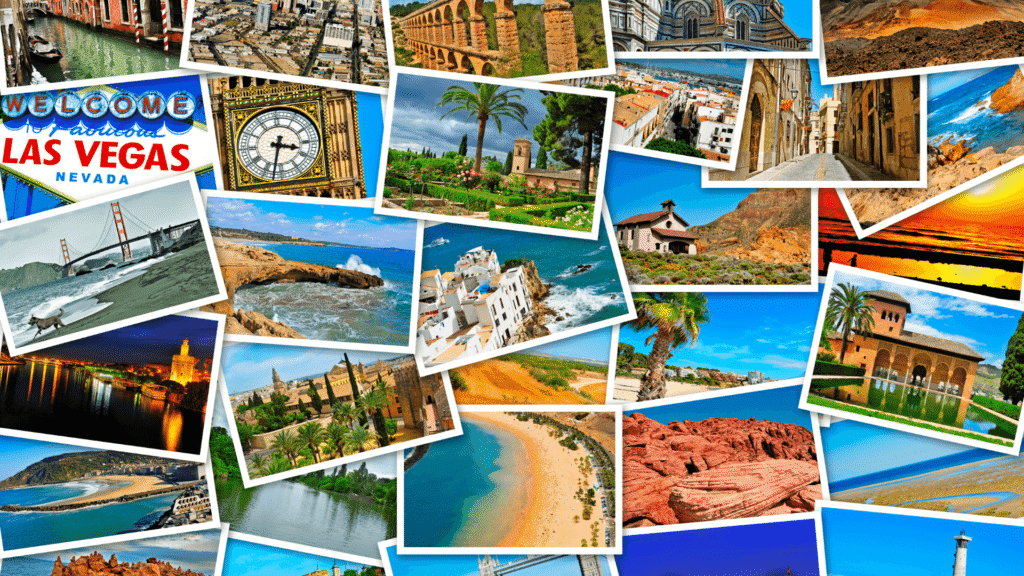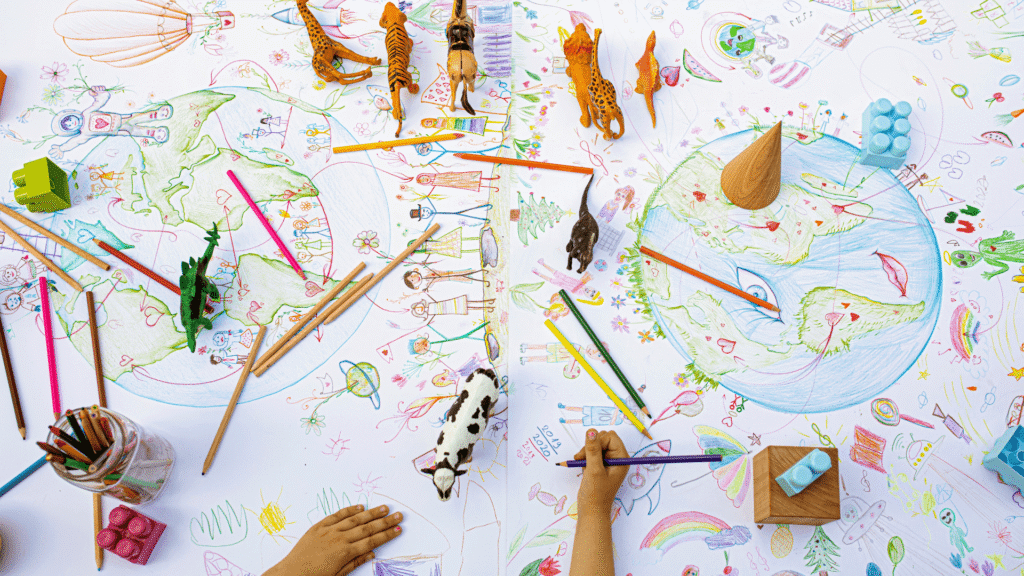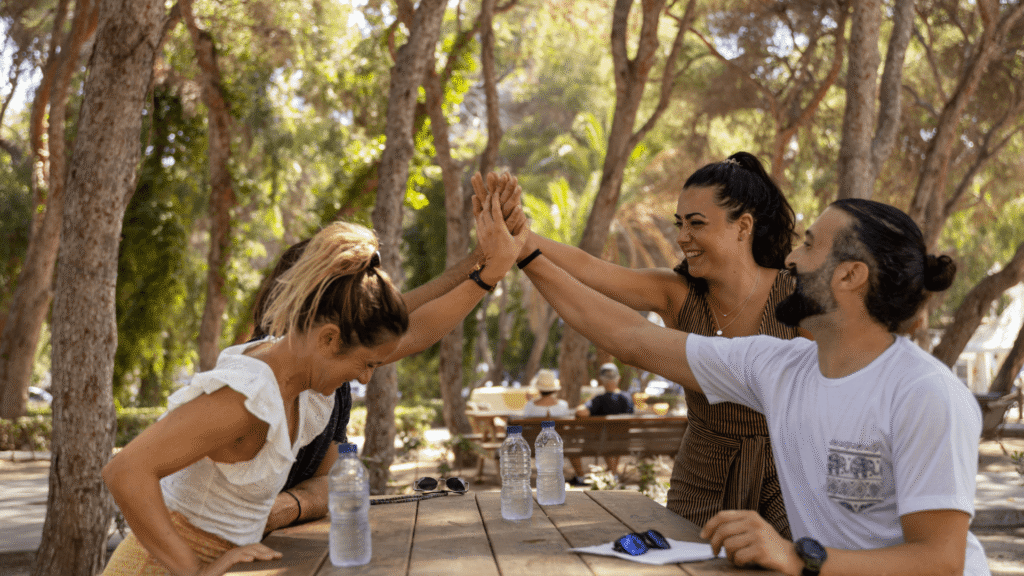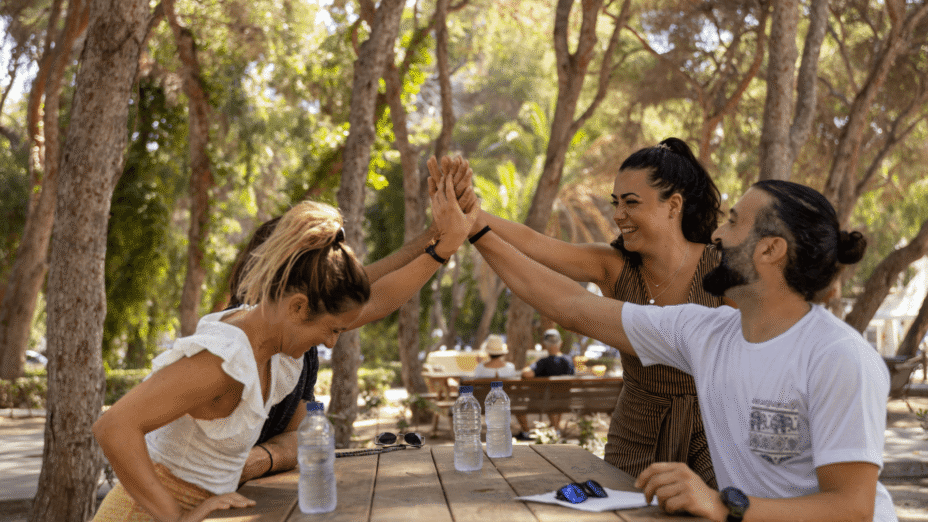We live in an age of unprecedented disconnection. Disconnected from our bodies, from our communities, and, crucially, from the natural world. The relentless hum of technology, the concrete sprawl of urban landscapes, and the curated realities of social media have created a subtle but pervasive sense of alienation. But a quiet revolution is stirring – a yearning to reconnect, to reclaim a sense of wildness, both within ourselves and in the world around us. This is the essence of rewilding.
Rewilding isn’t just about restoring ecosystems; it’s about restoring our own innate connection to the earth. It’s a recognition that we, too, are part of the natural world, not separate from it. For millennia, humans lived in intimate relationship with the land, our lives dictated by the rhythms of the seasons and the availability of resources. While that way of life is largely gone, the echoes of that connection still resonate within us, waiting to be awakened.

The Erosion of Wildness: A Modern Malaise
The modern world, with its emphasis on control and predictability, has systematically eroded our wildness. We’ve traded the unpredictable beauty of nature for the sterile comfort of manufactured environments. We’ve medicated our anxieties, suppressed our instincts, and distanced ourselves from the raw, unfiltered experiences that shape us. This disconnection manifests in various ways: rising rates of mental illness, a decline in physical activity, and a growing sense of apathy towards environmental degradation.
The consequences extend beyond individual well-being. Our detachment from nature has fueled a culture of exploitation, where natural resources are treated as commodities to be extracted and consumed without regard for the long-term consequences. The climate crisis, biodiversity loss, and widespread pollution are all symptoms of this fundamental disconnect.
Personal Rewilding: Reclaiming Our Instincts

Personal rewilding is the process of consciously reconnecting with our innate wildness. It’s about shedding the layers of conditioning that have obscured our natural instincts and rediscovering the joy of simply being in the world. This doesn’t require drastic lifestyle changes; it can start with small, intentional acts.
- Embrace Impermanence: Nature is constantly changing. Learn to appreciate the beauty of decay, the cyclical nature of life and death. Let go of the need for control and embrace the unpredictable.
- Engage Your Senses: Spend time in nature without distractions. Truly see the colors, hear the sounds, smell the earth, feel the wind on your skin.
- Move Your Body: Physical activity is a powerful way to reconnect with your body and release pent-up energy. Hiking, swimming, dancing, or simply walking barefoot in the grass can be transformative.
- Cultivate Stillness: In a world of constant noise, stillness is a radical act. Practice meditation, mindful breathing, or simply sit quietly in nature and observe.
- Reconnect with Your Ancestors: Consider your family history and the connection your ancestors had to the land. This can provide a sense of belonging and grounding.
Ecological Rewilding: Restoring Ecosystems
Ecological rewilding takes a broader approach, focusing on restoring degraded ecosystems to a more natural state. This often involves reintroducing keystone species, removing dams and barriers, and allowing natural processes to shape the landscape. The goal is not to recreate a pristine wilderness, but to create resilient, self-regulating ecosystems that can thrive in the face of climate change.
Examples of ecological rewilding projects are emerging around the world: restoring forests in Europe, reintroducing wolves to Yellowstone National Park, and creating wildlife corridors to connect fragmented habitats. These projects demonstrate that nature has an incredible capacity to heal itself, given the opportunity.

The Interconnectedness of Personal and Ecological Rewilding
The beauty of rewilding is that personal and ecological efforts are deeply intertwined. As we reconnect with nature on a personal level, we become more attuned to its needs and more motivated to protect it. Conversely, as we witness the restoration of ecosystems, we experience a renewed sense of hope and possibility.
Rewilding is not a nostalgic yearning for a romanticized past. It’s a forward-looking vision of a future where humans and nature coexist in harmony. It’s a call to action, urging us to reclaim our wildness, restore our ecosystems, and create a more sustainable and fulfilling world for all. It’s a recognition that our well-being is inextricably linked to the health of the planet, and that by rewilding ourselves, we can help rewild the world.
